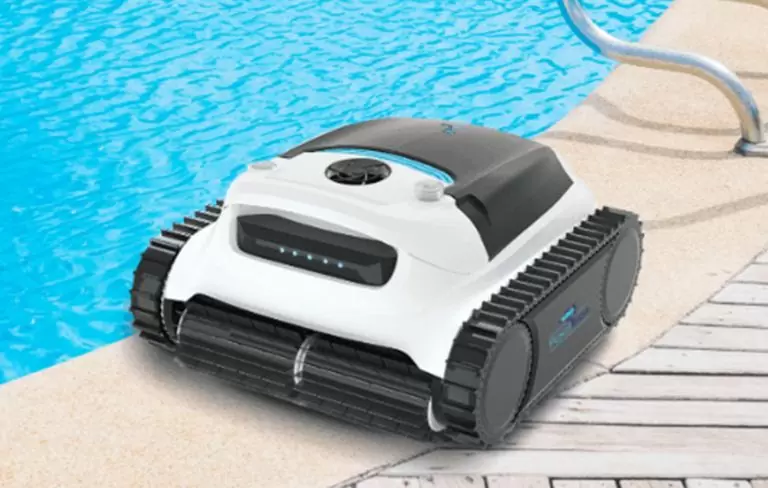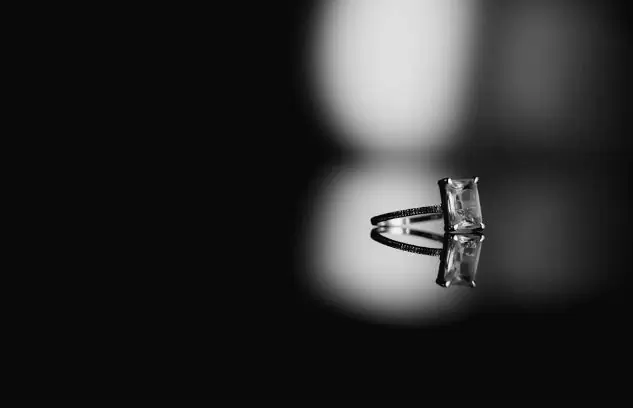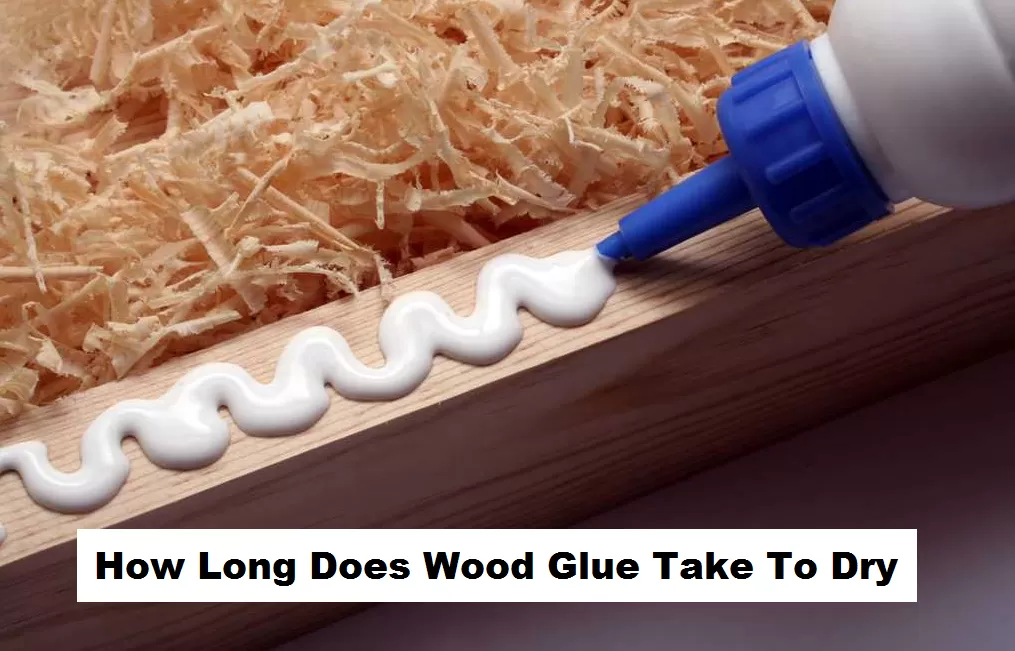How Long Does Wood Glue Take To Dry
Wood glue is an adhesive used to bond pieces of wood together. It combines water, resin, and sometimes fillers or stabilizers. Wood glue comes in different forms, including white, yellow, polyurethane, hide, and epoxy. They all have varying properties that determine their strength, drying time and waterproofness.
The main property of wood glue is its ability to form strong bonds between two pieces of wood. The bonding strength depends on the type of wood used and the amount of pressure applied during clamping. It also dries clearly, making it suitable for woodworking projects where aesthetics are important.
Wood glues work by penetrating into the wood grain fibres, creating a molecular bond that holds them together. The moisture from the adhesive softens the fibers slightly, allowing them to mesh better with each other when they dry out again. It makes for a stronger bond than using something else, like nails or screws alone.
The drying time for most types of wood glues can vary depending on several factors, such as temperature and humidity levels in your workspace. Generally speaking, though, most standard PVA-based (white/yellow) glues take 30 minutes to an hour to dry completely. In contrast, some polyurethane-based ones can take up to 24 hours or more, depending on specific instructions given by manufacturers.
Types of wood glue
The drying time is one of the most important things to consider when choosing wood glue. Different types of wood glue have different drying times, ranging from several hours to several days. For example, PVA (polyvinyl acetate) glue dries relatively quickly and is ideal for general woodworking projects. It takes around 30 minutes to set and 1-2 hours to dry completely.
Another popular type of wood glue is epoxy, which has a slower drying time but provides stronger bonds than PVA glues. Depending on the brand, epoxy can take 5 minutes to several hours to set and up to 24 hours or more for complete curing.
Finally, some speciality wood glues cater to specific needs. For instance, hide glue is made from animal collagen and has been used in woodworking for centuries due to its strong bond and easy repairability. Hide glue requires preparation before use but dries quickly – as fast as 10-15 seconds – once applied on a surface.
Always check the manufacturer’s instructions when using any wood glue since drying times can vary depending on temperature and humidity levels in your workspace.
How to clamp wood glue
When working with wood glue, knowing how long it takes to dry is essential so you can clamp it properly. Most wood glues require clamping for at least 30 minutes to an hour. However, some stronger adhesives may need up to 24 hours or more. It is always best to refer to the manufacturer’s instructions for a specific type of glue.
Once you have applied the glue, ensure the surfaces are tightly pressed together and aligned correctly before clamping. The pressure applied by clamps helps the glue bond and harden effectively. If too much pressure is applied, however, it can cause excess glue to squeeze out and weaken the joint.
In addition, be sure not to disturb or move the glued pieces while drying, as this could compromise their bonding strength. After clamping, allow enough time for the glue to dry completely before removing any excess with a chisel or sandpaper. These steps will ensure a solid and durable bond between your wooden pieces.
How long does it take for wood glue to dry?
The drying time of wood glue varies depending on factors such as humidity, temperature, and the type of glue used. Generally, it takes 24 to 48 hours for most wood glues to dry completely. However, some types of wood glue can dry in as little as 15-30 minutes.
PVA (polyvinyl acetate) glues are a popular choice for woodworking projects because they are easy to use and have a short drying time. They typically take around 30 minutes to an hour to achieve initial tackiness but may require up to 24 hours for full-strength bonding.
On the other hand, epoxy adhesives tend to take longer to dry than PVA glues due to their chemical composition. Depending on the specific product used, it may take several hours up to a day or more for an epoxy adhesive bond to fully cure and reach maximum strength. It is always important for users of wood glue products to follow the manufacturer’s recommendations for application and drying times based on product specifications and environmental conditions.
What are some tips for clamping wood glue?
When working with wood glue, clamping the pieces together is important to ensure a strong bond. Here are some tips for clamping wood glue:
- Apply the right amount of glue: Too little will result in a weak bond, while too much can cause excess glue to squeeze out and create a mess.
- Use appropriate clamps: Spring or bar clamps should suffice for smaller projects. For larger projects, pipe or parallel clamps are recommended.
- Apply even pressure: Make sure the pressure is evenly distributed across the glued surface to prevent any warping or bending.
As for how long wood glue takes to dry, it depends on several factors, such as temperature and humidity levels. Generally, it takes 30 minutes to an hour for the initial bond to set, but full strength can take up to 24 hours or more, depending on the type of glue used and environmental conditions. It’s best practice to leave your project clamped overnight to be safe!
Frequently Asked Questions
How long does it take for wood glue to dry completely?
The drying time of wood glue varies depending on the type of glue and environmental conditions such as temperature, humidity, and airflow. Typically, white or yellow PVA (polyvinyl acetate) glues take 18 to 24 hours to dry completely. On the other hand, aliphatic resin glues like Titebond III can take up to 8 hours to dry.
Can I speed up the drying process of wood glue?
Yes, there are some ways you can accelerate the drying process of wood glue. You can use a small fan or air mover to increase airflow around the glued area, which will help evaporate excess moisture from the adhesive. You can also apply heat using a hairdryer or heater, but be careful not to overheat as it may weaken the bond.
Can I sand or stain wood immediately after gluing it together?
No, you should wait until the glue is fully dried before sanding or staining it because any pressure exerted on wet glue may cause joint failure or deformation in formative surface areas. Once fully cured and hardened (typically within 24-48 hours), you can sand and finish your desired project without ruining your hard work!










